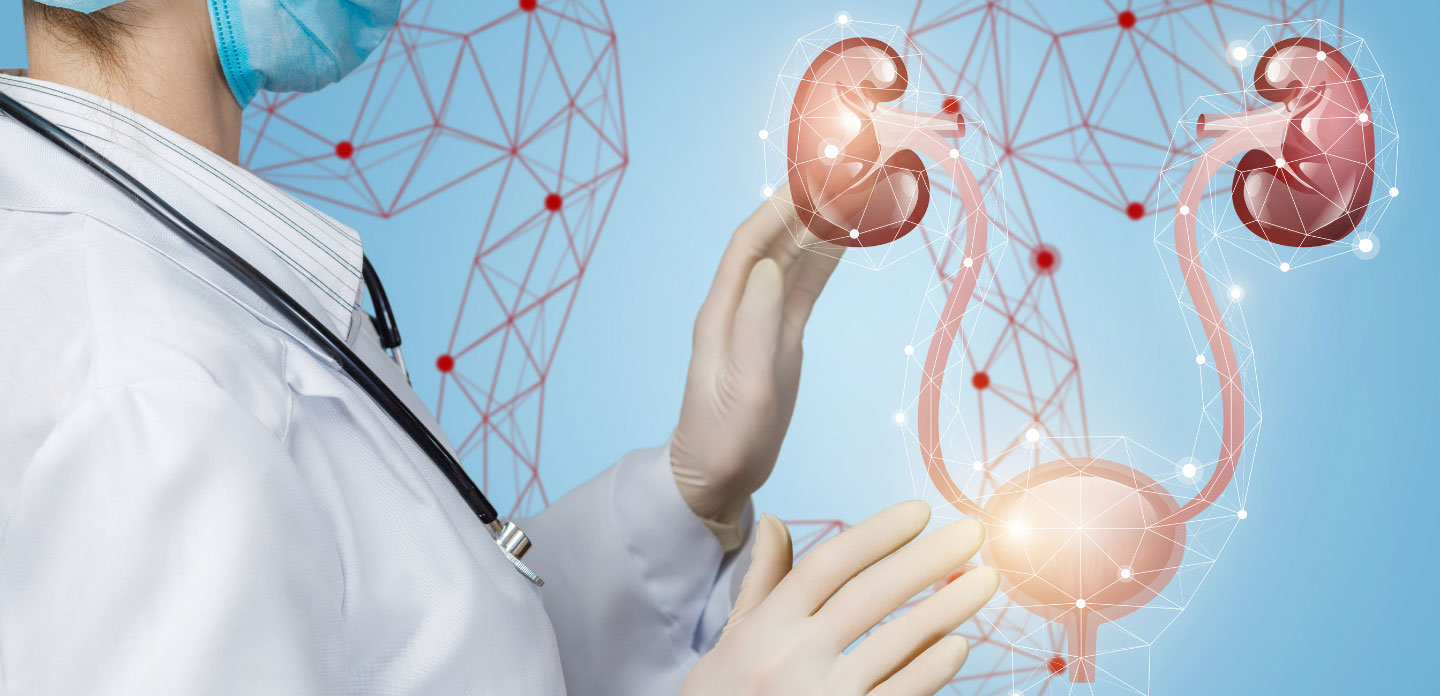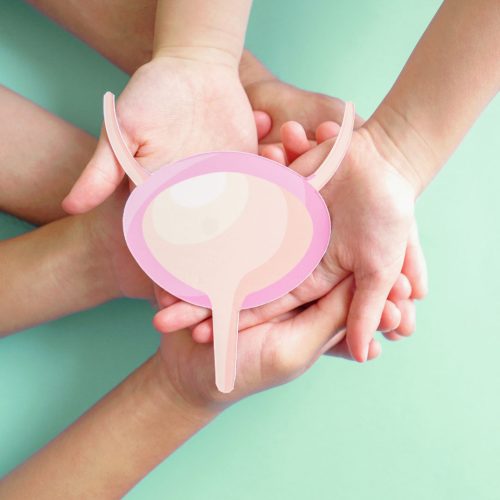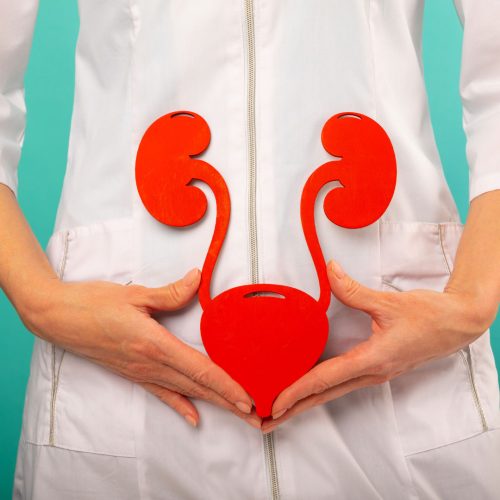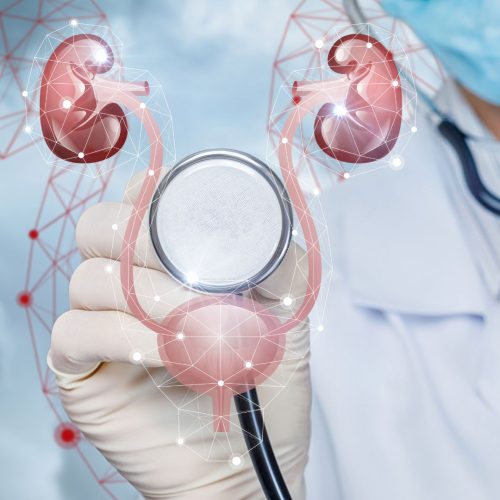The most common disorder that results from impaired bladder position or function is urinary incontinence, which involves involuntary loss of urine.
Normal bladder:
- is emptied 4-8 times during the day, at 3- 4 hours,
- can store 400 to 600 ml of urine, although the need to urinate occurs when there is about 300 ml of urine,
- javlja kada ima oko 300 ml mokraće,
- it can wake you up to empty it 1-2 times during the night if you are over 65,
- it indicates that it is full but gives you plenty of time to reach the toilet completely empty,
- does not allow the urine to leak involuntarily
The bladder accomplishes its function thanks to its structure. The bladder muscle is called the detrusor and, due to its ability to relax, enables the function of the reservoir. The bladder muscle contracts and then the bladder empties. This function is automatic in young children and the purpose of bladder control training involves conscious control over bladder function.
In the adequate function of the bladder, the urinary sphincter, a circular muscle that forms part of the pelvic floor muscle and infects the urinary canal, also plays a significant role. As the bladder muscle relaxes, the sphincter is compressed, allowing the bladder to fill. In the bladder emptying stage, the condition is reversed, the detrusor contracts, and the sphincter relaxes.
Symptoms
The disorder that causes involuntary loss of urine at the level of the bladder or sphincter muscle is called incontinence. The most common two types of incontinence are: Stress incontinence and Urgent incontinence.
Stress incontinence occurs with increased pressure that occurs when sneezing, coughing, straining, lifting weights and exercising. Then there is the involuntary loss of urine in the amount of a few drops to tens of milers of urine. In stress incontinence, there is no prior need to urinate before losing urine. Incontinence stress in women occurs as a result of impaired anatomical relationships as a result of the weakening of the pelvic floor muscles (for example, after birth) or as a result of sphincter weakness. In men, stress incontinence may be a consequence of surgical treatment of the prostate due to benign enlargement or cancer.
In cases of urgent incontinence, patients feel an urgent need for urination, which they can not control..
Diagnosis
The gynecological examination determines whether there is a “lowering” of the genital organs, ie whether there is an anatomic defect as a cause of incontinence.
It is necessary to keep a log of urination on the basis of its daily activity, as well as to record data on the amount of fluid entered and urinated during the day. The exact time and record of any episode of involuntary release of urine or activity during which there was an involuntary swelling of urine should be recorded.
Laboratory analyzes involving urine sedimentation and urinalysis should be performed in order to conduct adequate treatment. If there is an infection, treating the infection can reduce or completely eliminate the symptoms of frequent urination and lower abdominal pain. Urodynamic processing is a way of diagnosing incontinence, that is, impaired bladder function for filling and emptying. A catheter is inserted through the urethra through which the bladder is filled. When filling the bladder, it can be seen whether it is an urgent or overactive bladder.
As part of urodynamics, a cough test with a filled bladder is performed to establish a diagnosis of stress incontinence.
Therapy
Urgent incontinence is treated with medicines that aim to relax the bladder muscles, thereby increasing the capacity of the bladder.
Depending on the severity of stress, incontinence is treated in a number of ways. The simplest way is Kegel exercises, which are effective, especially in the initial stages, but must be performed regularly. Kegel exercises are exercises for vaginal muscles that help women and men strengthen their pelvic floor. They are especially recommended after birth and due to health problems such as urinary incontinence. In menopause, these exercises are also the perfect solution because they prevent the uterus and bladder from lowering. It is important to identify the muscles to be exercised before starting the exercises.
This is most easily achieved by interrupting the flow of urine during urination, thus recognizing the right muscles. Further, exercises are never done in the urination phase. Since you have correctly identified the muscles to be exercised and as you empty the bladder, you will work in a standing or lying position. The muscles are first tightened for three seconds, then relaxed for the same duration. This exercise should be repeated 10 times. In the following exercises, the contraction and relaxation length should gradually increase to 10 seconds alternately.
This set of exercises should be repeated three times a day. In case of urgent incontinence, there is also a possibility of self-help which consists in the following: at the moment when the urgent need for urination is obtained, one should stop, tighten the pelvic floor muscles, relax other parts of the body, concentrate on stopping the need for urination.
Then it is necessary to wait for this unbearable urge to gradually subside and then slowly leave to the toilet. Electro stimulation is a method used in the treatment of stress incontinence, mixed incontinence and urgent incontinence. Depending on incontinence, different currents are used, sessions last up to 30 minutes and can be performed at home after the patient is pre-trained. The current is administered via a vaginal probe in women or anal in men.







